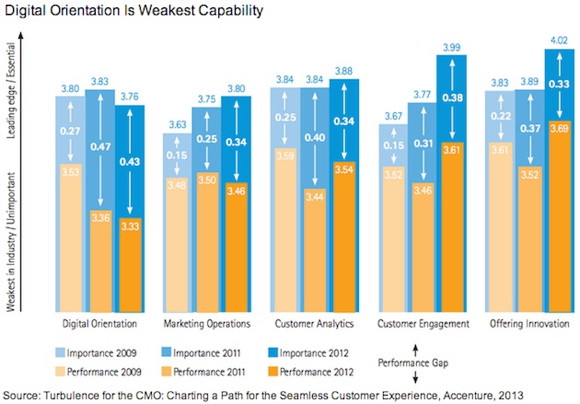My quote of the year 2013 – Social Media, Social Networks and Social Business

Credits: © Mirma – Fotolia.com
The value of such a quote is for some managers marginal and for others massive when using it to explain the transformation of the business into a digital community-centric company or brand. Take it for what it is, and for what it’s worth for you, or let’s discuss it.
For this year the quote will be about social business strategy…
“Social Networking is business intend. Social Media is business duty. Social Business is business freestyle.”
Just before you start asking… By “business freestlye”, I address all departments in your company (like marketing, sales, customer service, HR, or other) that are responsible for planning, using, handling, and organizing the business tactics and strategy around the brand, product line or service offering of business relevance.
Some facts that might be interesting for each one of those..
Social Networks – Which are growing fastest?
Social Media – Facts, Figures and Stats 2013
Social Business – Some Facts 2013
PS: If you do it right, your workforce will freak out like the guy in this post. Believe me…!













